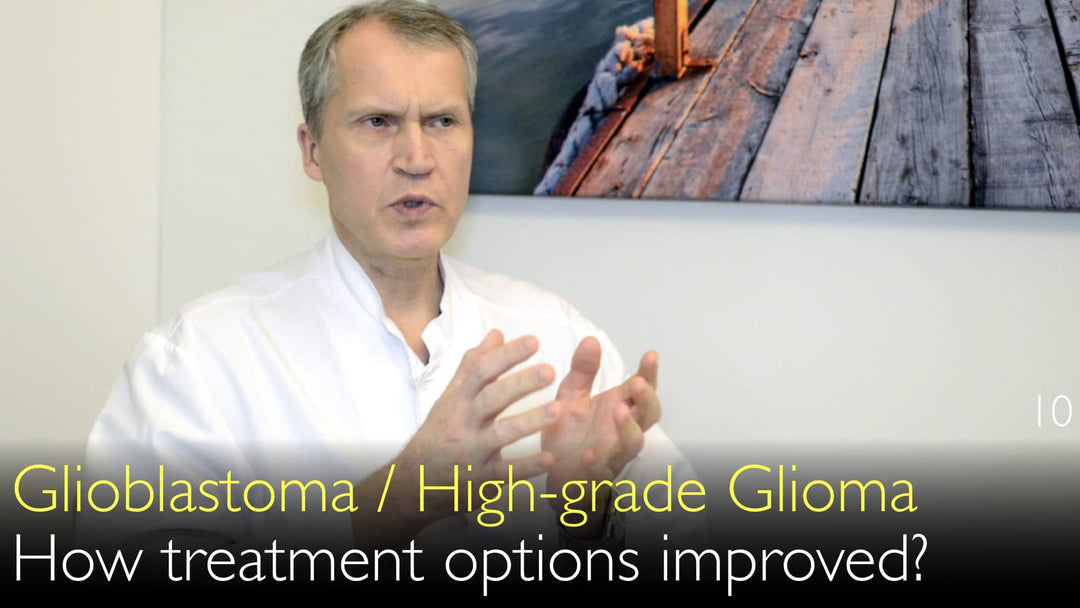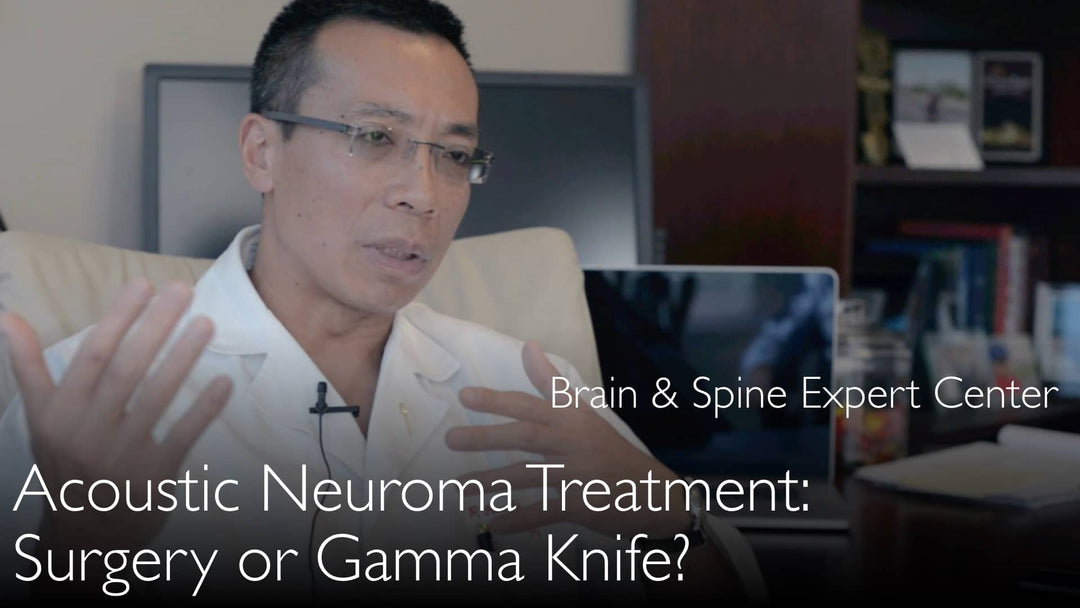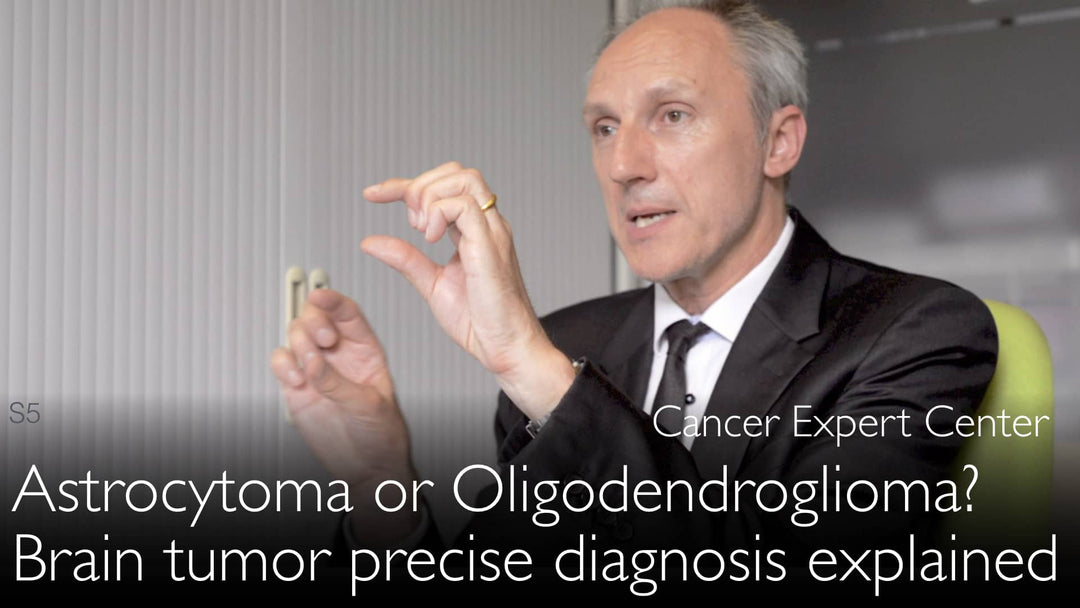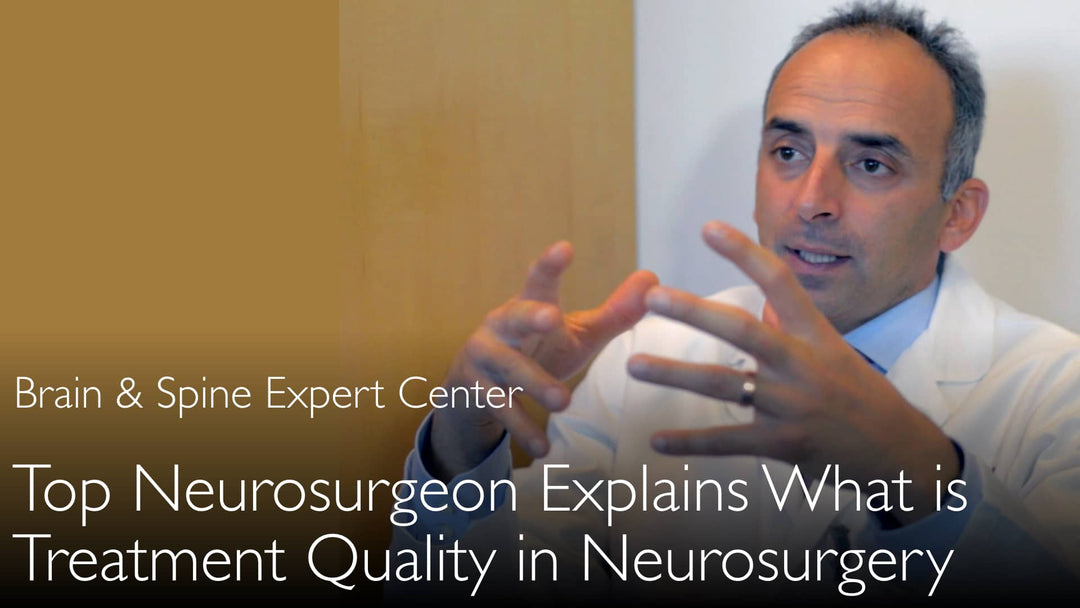Leading expert in neurosurgery and brain tumor treatment, Dr. Mika Niemela, MD, explains modern glioblastoma management. He details how surgical techniques have advanced with tools like neuronavigation and Gliolan dye. Dr. Niemela, MD, discusses the integrated treatment approach of surgery, radiotherapy, and chemotherapy. He highlights the importance of genetic tumor analysis for personalized therapy. Patient outcomes are improving, with more long-term survivors now.
Modern Treatment Advances for Glioblastoma and High-Grade Glioma
Jump To Section
- Surgical Approach Decision
- Advanced Surgical Techniques
- Multimodal Treatment Strategy
- Role of Genetic Testing
- Managing Recurrence
- Improving Patient Outcomes
- Full Transcript
Surgical Approach Decision
Treatment for glioblastoma begins with a critical decision on the surgical approach. Dr. Mika Niemela, MD, explains that not all high-grade gliomas are immediately operable. The location of the brain tumor is the primary factor. Surgeons may opt for only a biopsy if the tumor is multifocal, very central, or near eloquent brain areas. For tumors in accessible locations, a full surgical resection is performed right away. This initial strategy is crucial for optimizing the patient's treatment pathway.
Advanced Surgical Techniques
Modern neurosurgery utilizes a suite of advanced technologies to maximize tumor removal. Dr. Mika Niemela, MD, describes the standard use of neuronavigation and the ultrasonic aspirator. A key innovation is the use of Gliolan, a fluorescent dye. This dye makes the tumor tissue appear pink under the microscope, helping surgeons better define the tumor's borders. These tools are essential because glioblastomas are not sharply circumscribed. Dr. Mika Niemela, MD, notes that intraoperative MRI is a future technology, but current dyes and specialized microscopes are highly effective for identifying tumor tissue during the operation.
Multimodal Treatment Strategy
Treatment for high-grade glioma is a multimodal process that continues after surgery. Dr. Mika Niemela, MD, outlines the standard protocol. Radiotherapy is typically the next step, followed by chemotherapy. For multifocal glioblastomas that are not operable, this non-surgical approach is the primary treatment. A post-operative MRI is always performed to assess the results of the surgical resection. This comprehensive strategy ensures all aspects of the disease are targeted.
Role of Genetic Testing
Personalized medicine plays a significant role in modern glioblastoma treatment. Dr. Mika Niemela, MD, emphasizes that therapy depends on the exact brain tumor pathology. Genetic testing of the tumor tissue is performed to identify specific defects. Certain genetic profiles can make a malignant brain tumor more reactive to chemotherapy. This allows oncologists to tailor the chemotherapy regimen to the individual patient's tumor, potentially improving treatment efficacy.
Managing Recurrence
Glioblastoma is known for its high rate of recurrence, often at the original surgical site. Dr. Mika Niemela, MD, confirms that repeat brain cancer surgery is a viable option. When indicated and needed, neurosurgeons can perform a second resection. This aggressive approach to managing recurrence is part of a continued effort to control the disease. It offers patients another line of defense after their initial treatment.
Improving Patient Outcomes
Despite the challenges, outcomes for patients with brain tumors are improving. Dr. Mika Niemela, MD, states that they are seeing more and more 5-year surviving patients. This progress is due to advancements in surgical techniques, radiotherapy, and chemotherapy. Patients are followed thoroughly with regular brain MRIs and detailed clinical checkups. The interview with Dr. Anton Titov, MD, highlights a message of hope, showing that dedicated research and clinical care are making a tangible difference in survival rates.
Full Transcript
Dr. Anton Titov, MD: Biopsy first or surgical resection right away? Leading neurosurgeon on progress in surgical and non-surgical treatment of high-grade gliomas. GBM, glioblastoma multiforme. High-grade glioma brain tumor, glioblastoma multiforme (GBM).
Dr. Anton Titov, MD: Glioblastoma is the most aggressive primary tumor of the brain. It's also one of the most frequent.
Dr. Anton Titov, MD: What are the treatment options today for patients with glioblastoma?
Dr. Mika Niemela, MD: First, we do surgery if the brain tumor is in such a location that we think it's easily reachable. It doesn't mean that we operate on all high-grade gliomas.
Sometimes glioblastoma is multifocal, very central, or close to some very eloquent areas. Then we may take only a biopsy.
We treat multifocal glioblastoma by chemotherapy or radiotherapy. Usually, we start first with radiotherapy, then chemotherapy.
But nowadays more glioblastomas can be operated on straight away. We don't take biopsy first, then operate.
Sometimes we think the brain tumor is operable. We operate and try to remove as much brain tumor as possible.
We use all the modern technology. We use neuronavigation, of course, modern neuroanesthesia, modern techniques in surgery, as well as gliolan.
Gliolan is a dye that is given to the patient. Under the microscope, we can see that the brain tumor looks pink after gliolan. Then we can see more of the tumor borders.
Because high-grade gliomas and glioblastomas are not sharply circumscribed. We use ultrasonic aspirator, of course. This is the standard way to remove many brain tumors.
Then we do post-operative MRI to check the results. Intraoperative MRI is something we will get in our new building.
But modern dyes can be used to identify brain tumor during surgical operation. We use the microscope with different wavelengths of the light.
Dr. Anton Titov, MD: This technology has been replacing the need for intraoperative MRI.
Dr. Mika Niemela, MD: First, we do brain tumor surgery, then we use radiotherapy. Then we use chemotherapy.
It depends on the exact brain tumor pathology. Treatment also depends on potential genetic defects that are found in the brain tumor tissue.
Some malignant brain tumors may be more reactive to chemotherapy. Then the patients are followed thoroughly with brain MRIs.
We also do detailed clinical checkups. Patients with brain tumors are doing better and better. We see more and more 5-year surviving patients.
Of course, the malignant high-grade glioma or glioblastoma often recurs. Unfortunately, glioma recurs at the surgical resection site.
Dr. Anton Titov, MD: Repeat brain cancer resections are also possible. It is something that you are doing.
Dr. Mika Niemela, MD: Exactly. We do repeat surgery for glioblastomas when indicated and needed.







